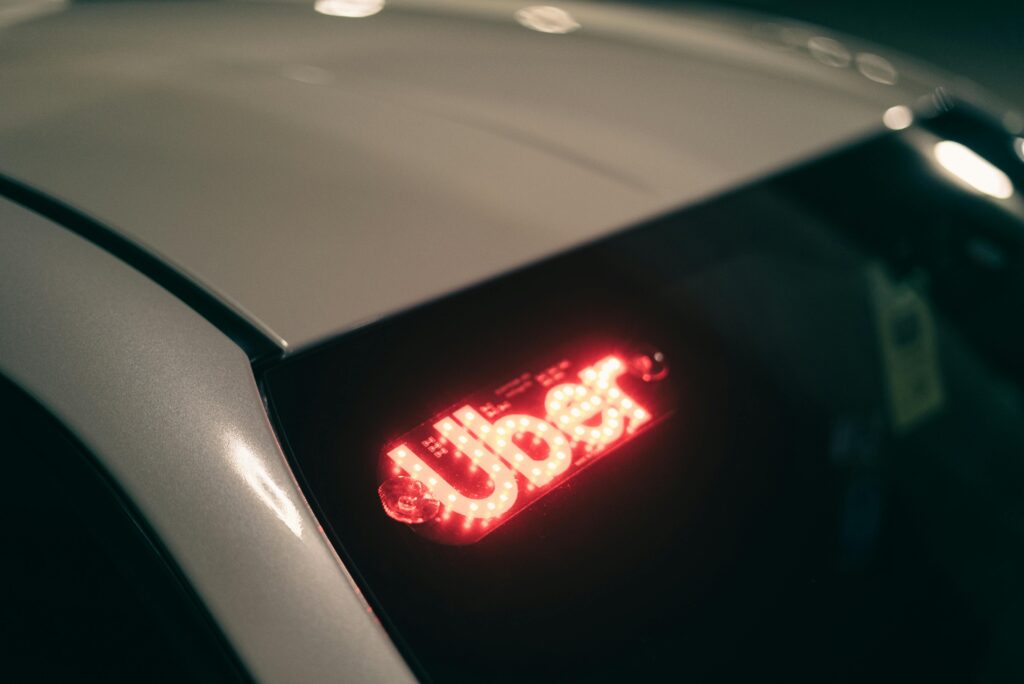
Expanding into a new market sounds exciting—but it can also be a minefield. Many well-known brands have either soared or stumbled based on how they handled market entry. In this guide, we’ll break down the key dos and don’ts of entering a new market, using real-life examples relevant to a U.S. audience. Whether you’re a startup looking to scale or a student analyzing global brand strategies, this piece is your marketing compass.
Do: Research Local Culture Before Anything Else
✅ Example: McDonald’s in India
McDonald’s knew it couldn’t win over Indian customers with beef burgers. So they localized their menu to include aloo tikki and McSpicy Paneer, successfully aligning with cultural norms and religious sensitivities.
❌ Don’t: Assume One Size Fits All
Example: Walmart in Germany
Walmart failed in Germany because it imposed American business practices (like employee cheer sessions) that felt awkward in the German workplace culture. That cultural mismatch eventually led Walmart to exit the market.
Lesson: When entering a new market, adapt your offering—not just your language, but your values, behaviors, and even store formats.
Also Read : Competition Benchmarking: Navigating the Future with AI
Do: Start with a Soft Launch or Pilot Program
✅ Example: Starbucks in China
Starbucks didn’t go all-in overnight. They opened a few stores, listened to local feedback, and gradually adjusted their strategy to focus more on tea-based beverages and local flavors. Now China is one of Starbucks’ fastest-growing markets.
❌ Don’t: Rush into Rapid Expansion Without Proof
Example: Target in Canada
Target skipped the testing phase and launched 124 stores at once in Canada. With logistical issues, empty shelves, and pricing missteps, the Canadian public quickly lost trust—leading to a $2 billion loss and a complete pullout.
Lesson: Test, tweak, and then scale. A small failure early is better than a large one later.


